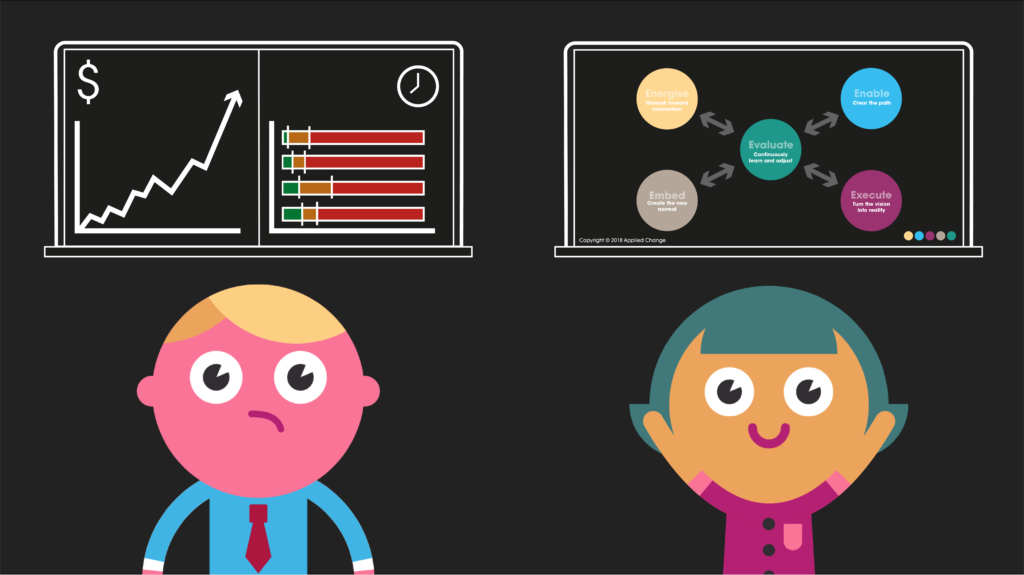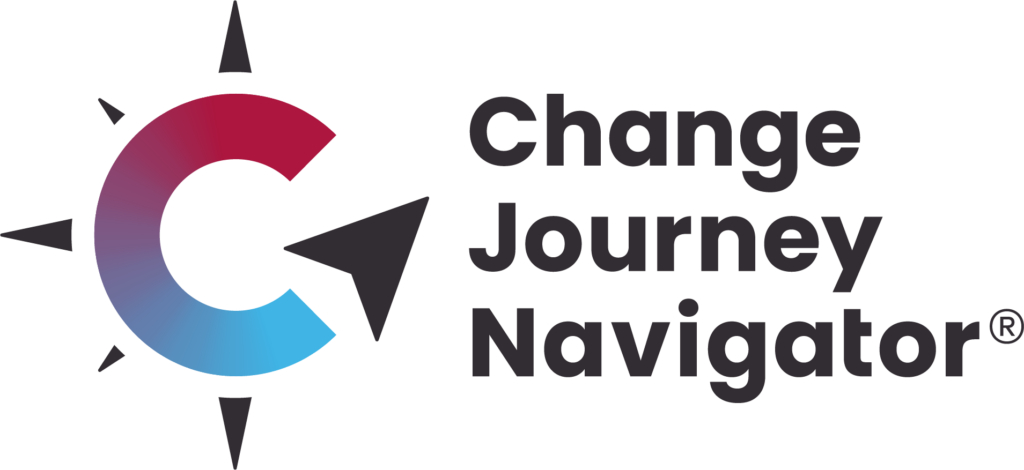The Intricacies of Strategic Misrepresentation in Project Management
By Mark Vincent
Share

I recently joined a panel discussion in London hosted by the Association of Project Management. The focal point was Strategic Misrepresentation—a rather formal term for lying or distorting the truth. The phenomenon is particularly pervasive in project management, contributing to only 0.5% of projects achieving their expected benefits within time and budget, according to recent Oxford Business School research.
The Anatomy of Strategic Misrepresentation
At its core, Strategic Misrepresentation is the intentional manipulation of facts and figures, often to secure project approval. This could mean overstating benefits or understating costs and timelines, all done with full awareness. Unlike naive optimism, this act is carried out consciously and deliberately.
Delving into the Psychology of Lying
So what drives individuals to engage in Strategic Misrepresentation? A variety of factors, many rooted in our basic instincts, can explain this. Here are just some of the common causes, outlining the psychology behind dishonest behaviour:
- Self-preservation: Lying to shield oneself from harm or to evade punishment.
- Fear: A fabricated narrative to sidestep judgment, rejection, or conflict.
- Personal Gain: Dishonesty that serves the goal of accruing power, wealth, or other resources.
- Protection of Others: Lies stemming from a sense of loyalty or desire to maintain relationships.
- Conflict Avoidance: Fudging the truth to maintain or restore peace.
- Social Acceptance: Falsehoods aimed at conforming to societal norms.
- Lack of Self-Confidence: Exaggerations to inflate one’s self-image.
- Manipulation and Deception: Lies as strategic tools to control or influence others.
- Habitual Lying: A pathological pattern of deceit with unclear motives.
I’d also add external factors to the mix. Group dynamics, power structures, and authority figures can heavily influence dishonest behaviour, as illustrated by the experiments conducted by Stanley Milgram and Philip Zimbardo.
The Road Ahead for Project Management
Given these complexities, the challenge lies in crafting an environment less conducive to Strategic Misrepresentation. Could technologies like AI contribute to solutions, despite growing concerns about their ethical implications? This dialogue, no doubt, will evolve in the coming years.
If you’re keen to delve deeper into human behaviour’s impact on organisational change, consider joining me at the next FREE High Impact Changemaker event. There, you’ll gain insights to accelerate positive transformations in your workplace.
Register your interest here: Become a High Impact Changemaker
Understanding the psychology of Strategic Misrepresentation can serve as a catalyst for cultivating more transparent and successful projects. By addressing the root causes of these unethical practices, we can foster a project management environment that’s not only more honest but also more effective.
Get in touch
If you’re not achieving your goals or want get more done in your business, we can help.
Whether it’s supporting you, growing your leadership team or directly helping you to make something happen, contact us on (+44) 0800 612 3548 or click the button below.
Alternatively sign up below to be the first to know about our events and receive free resources and insider tips.
Related content
The High Impact Changemaker Formula®
The High Impact Changemaker Formula – create lasting change.
Change doesn’t fail due to bad ideas—it fails because of resistance, fatigue, and poor execution. The High Impact Changemaker Formula is a proven framework to help you turn your idea into reality by getting people truly behind it.
Organisational Change – Why do we always focus on schedule and budget?
When delivering change, focusing too much on schedule and budget tends to take our attention away from the only factor that will ensure success.
Elon Musk talks Twitter, Tesla and how his brain works — live at TED2022
In this unedited conversation with head of TED Chris Anderson, Elon Musk — the head of Tesla, SpaceX, Neuralink and The Boring Company — digs into the recent news around his bid to purchase Twitter…
Jordan B Peterson: 12 Rules for Life
12 essential lessons to remind us how to find meaning for ourselves amidst the chaos and suffering that defines what it is to be human.






